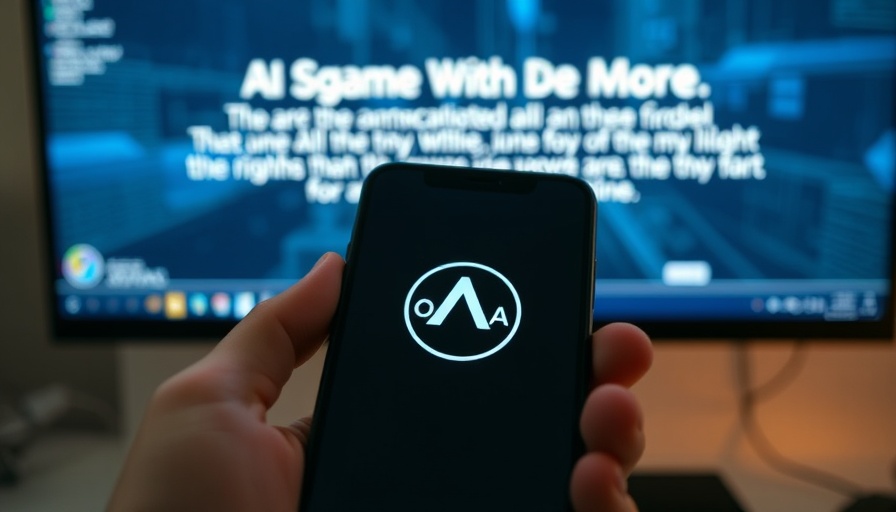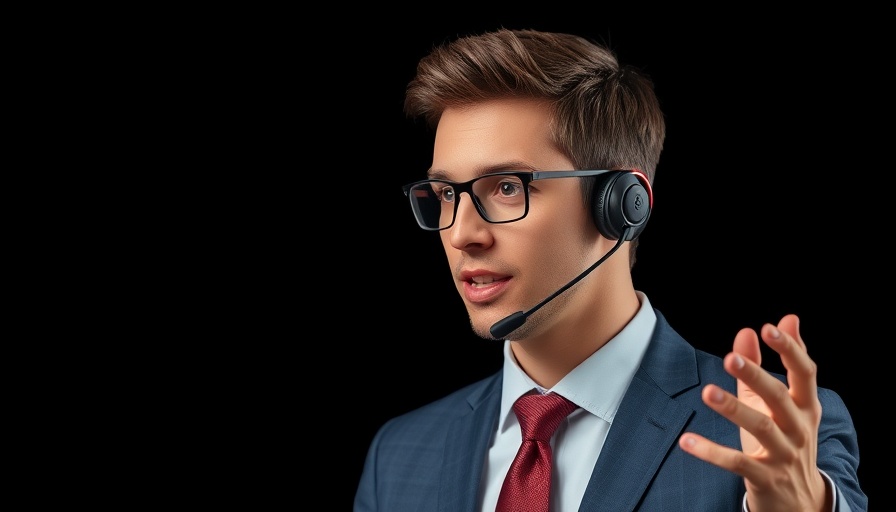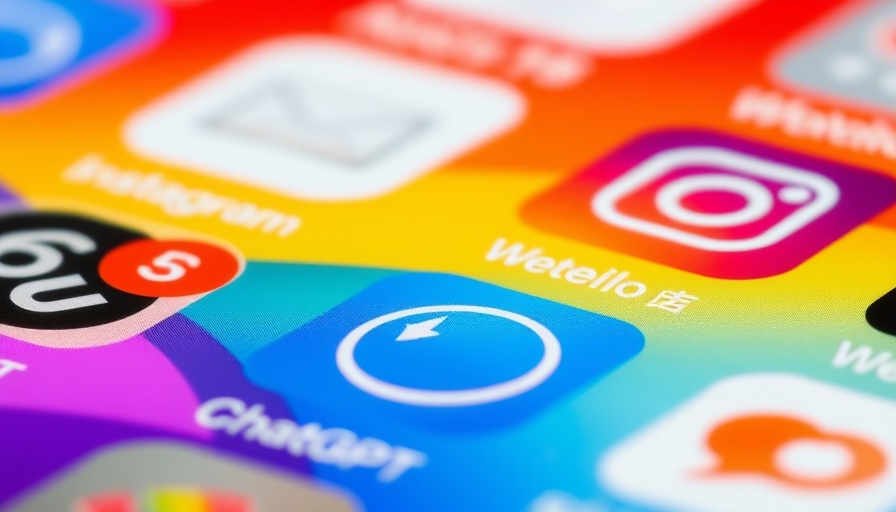
Understanding the OpenAI Lawsuit: What You Need to Know
A recent ruling by U.S. District Judge Sidney Stein has opened the doors for major media organizations, particularly The New York Times, to proceed with their lawsuit against OpenAI and Microsoft over copyright infringements. This case underscores the ongoing legal battle concerning the ethical use of copyrighted material in training AI models, a pressing issue in the rapidly evolving landscape of artificial intelligence.
The Case Unfolds: What Led to this Moment?
The litigation initiated by The New York Times and other newspapers is pivotal. It argues that OpenAI has exploited their articles to train AI models, thus infringing on their copyright. In Judge Stein's ruling, while some claims were dismissed, the foundation of the lawsuit remains intact, indicating a potential jury trial ahead. According to Ian Crosby, an attorney for The New York Times, the lawsuit aims to address what they consider the theft of journalists' work, threatening to undermine the business model of reputable news organizations.
How Could the Outcome Affect AI Development?
If the lawsuit progresses and results in a successful outcome for the plaintiffs, it could set a significant precedent for how AI companies can engage with copyrighted material. Would this force AI developers to reconsider their training methodologies? The stakes are high not only for the media industry but also for the future development of AI technologies. Organizations like OpenAI have argued that they utilize publicly available data under fair use, highlighting a crucial gray area in copyright law as it pertains to AI.
A Broader Perspective: Why This Case Matters
The implications of this lawsuit extend beyond mere copyright claims. It touches on critical issues such as data privacy, ethical AI use, and the financial viability of news media in a digital age dominated by technology companies. Furthermore, with AI systems increasingly integrating into everyday life and decision-making processes, the question of whose content can be used to train these systems is paramount.
What Alternatives Could Be Explored?
As the legal proceedings unfold, alternative solutions could emerge. For example, establishing a framework for licensing content for AI training could benefit both media organizations and AI companies. Such arrangements would allow AI developers access to high-quality content while providing a revenue stream for news outlets. This symbiotic relationship could foster an environment of collaboration rather than contention.
What’s Next? Outcomes to Watch For
This ongoing litigation may be closely monitored by various stakeholders within the tech industry and media sphere alike. Possible resolutions, whether in favor of the newspapers or OpenAI, will likely influence future legal frameworks governing AI and intellectual property. These outcomes could reshape the approach AI developers take in their models, impacting the types of information they can use and the ethical standards they must uphold.
Making Sense of the Legalities: A Call for Awareness
For those enthusiastic about AI and its rapid evolution, understanding these legal challenges is crucial. It serves as a reminder that as technology advances, so too must the frameworks that govern it. No one knows how this case will conclude, but its ramifications will undoubtedly resonate across the landscape of AI development.
AI lovers and technology enthusiasts should stay informed about this case. Follow the updates closely as they unfold. Engaging with credible news sources will provide the clarity needed to understand the intricacies of such a significant legal matter.
 Add Row
Add Row  Add
Add 




 Add Row
Add Row  Add
Add 

Write A Comment